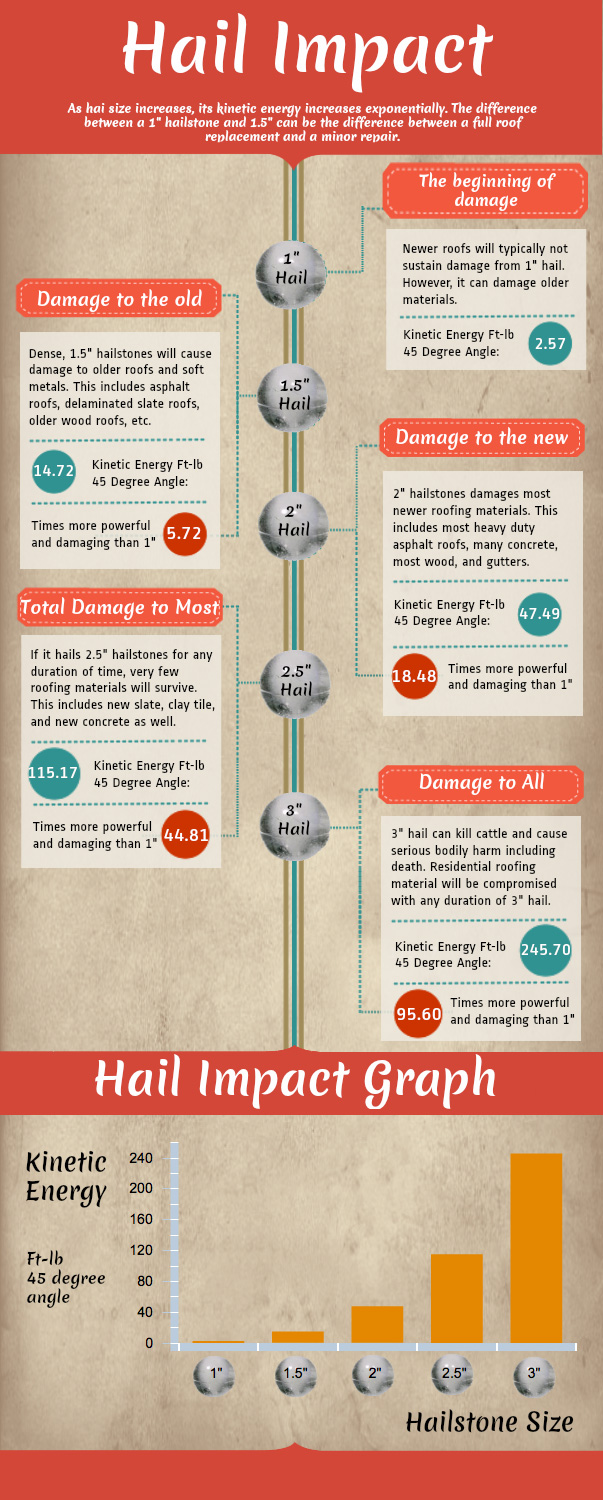Utilize The Complex Equilibrium Of Expenses And Environmental Impact To Discover Truth Capacity Of Solar Energy Versus Conventional Resources
Utilize The Complex Equilibrium Of Expenses And Environmental Impact To Discover Truth Capacity Of Solar Energy Versus Conventional Resources
Blog Article
Author-Kirkeby Spencer
When evaluating the practicality of solar energy versus traditional power resources, you might find yourself pondering the lasting sustainability and influence on your funds. click the up coming site in between preliminary costs, ongoing expenditures, and environmental implications elevates crucial questions regarding the future of power generation. As you browse through the intricacies of this comparison, a much deeper understanding of the nuances in cost-effectiveness, environmental stewardship, and power protection awaits exploration.
Cost-Effectiveness Contrast
When contrasting the cost-effectiveness of solar energy with standard energy sources, it becomes apparent that initial financial investment distinctions play a crucial function in figuring out long-term financial savings.
While solar power systems need a greater upfront financial investment for installment and devices, they provide substantial long-lasting benefits that can outweigh the preliminary costs. The crucial depend on understanding that solar power systems have marginal recurring functional and maintenance expenses contrasted to standard energy resources like fossil fuels.
By investing in solar energy, you can potentially save money on utility expenses over the system's life-span. Furthermore, with developments in innovation and reducing setup costs, solar energy has actually come to be more available and inexpensive for property owners and organizations alike. These financial savings can gather gradually, giving a roi that goes beyond traditional energy resources.
In addition, solar power systems supply the benefit of power freedom and security versus fluctuating utility costs. By utilizing the power of the sunlight, you add to a cleaner atmosphere and decrease your carbon footprint. Accepting solar energy not just benefits your wallet but also the planet in the long run.
Environmental Impact Analysis
Solar power presents an appealing alternative to traditional energy sources as a result of its substantially reduced environmental effect. Unlike fossil fuels that discharge hazardous greenhouse gases and contribute to air contamination, solar energy creates electricity without generating any type of exhausts.
The procedure of taking advantage of solar power includes recording sunshine through photovoltaic panels, which doesn't launch any toxins right into the environment. explain the difference in the two types of solar energy systems of exhausts helps reduce the carbon impact associated with power manufacturing, making solar power a cleaner and more sustainable option.
Additionally, making use of solar power adds to conservation initiatives by lowering the demand for limited sources like coal, oil, and natural gas. By relying upon the sun's abundant and renewable energy source, we can assist maintain natural environments, shield communities, and alleviate the unfavorable effects of resource removal.
Reliability and Energy Landscape Assessment
For a comprehensive analysis of reliability and the power landscape, it's necessary to evaluate exactly how solar energy compares to typical resources. Solar energy is gaining ground as a reputable and sustainable power source. While traditional resources like coal, oil, and natural gas have been traditionally dominant, they're limited and add to ecological destruction.
Solar energy, on the other hand, is abundant and renewable, making it a much more sustainable choice in the long run.
In regards to dependability, solar power can be based on weather and sunshine accessibility. Nonetheless, developments in innovation have caused the advancement of energy storage options like batteries, boosting the dependability of solar power systems. Standard resources, on the contrary, are vulnerable to price changes, geopolitical tensions, and supply chain disturbances, making them much less reputable in the long term.
When analyzing the energy landscape, solar power offers decentralized energy production, reducing transmission losses and boosting energy safety and security. Typical sources, with their centralized power plants, are more prone to interruptions and require substantial infrastructure for distribution.
Conclusion
Finally, when comparing solar energy to conventional power resources, it is clear that solar energy offers a cost-efficient, eco-friendly, and reliable choice. With marginal functional prices, prospective savings on utility costs, and a substantially reduced environmental influence, solar power is becoming an extra lasting and protected choice. Embracing solar power can help reduce greenhouse gas discharges and contribute to conservation initiatives, making it an engaging option for the future.
